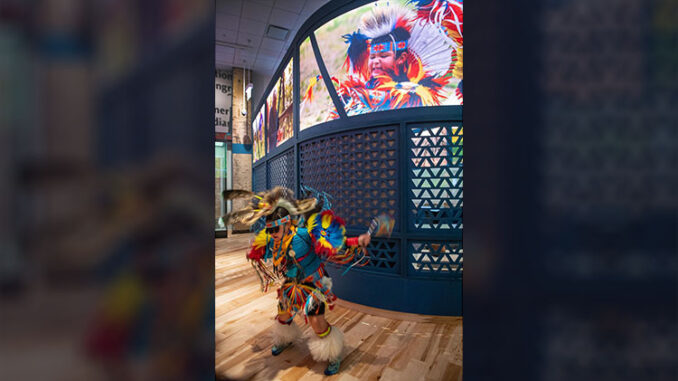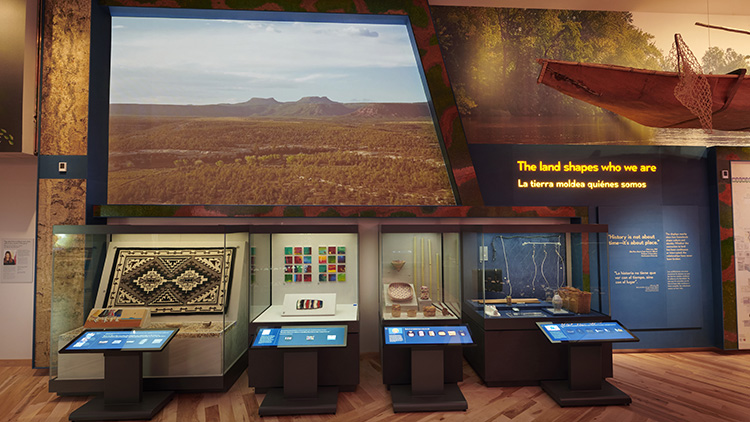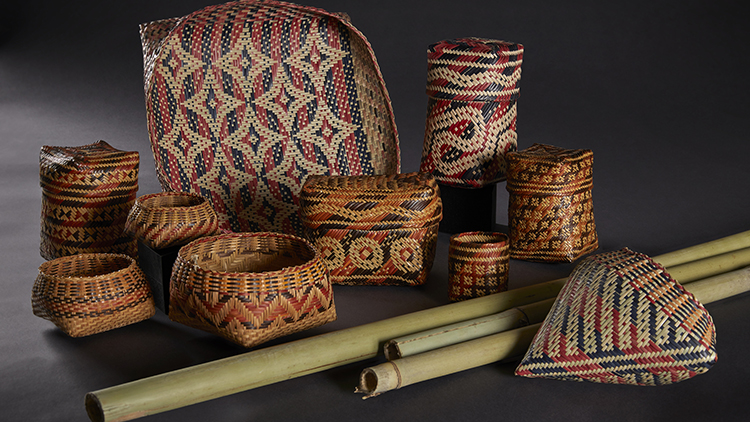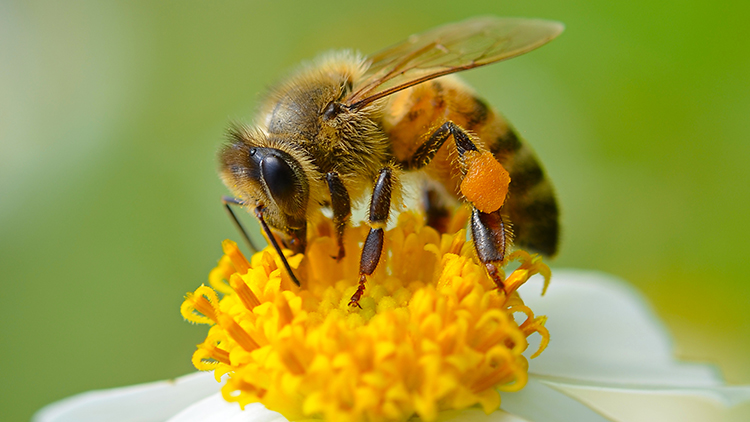
In 2019, a photographer for the Field Museum of Chicago, Illinois, took a photograph at the Meskwaki Annual Powwow. This is a large gathering and celebration of the Meskwaki Nation. The Meskwaki Nation is a federally recognized nation of Native Americans that originated in the Eastern Woodlands [a region that stretches from the northeastern part of North America to west of the Great Lakes] and is now locatedin Iowa. The picture showed a boy named Lerris Keahna from the Meskwaki Native American group, wearing regalia [handmade clothing for a special occasion] as he performed a Meskwaki dance. Many museums would simply display the picture in their Native American Hall without providing much information about it. An exhibition called Native Truths: Our Voices, Our Story at the Field Museum is different.
In the United States, we use the term Native American to talk about people and nations that existed in North America before the arrival of Europeans. Those people and nations are still here. They are everywhere and their nations have their own unique languages, cultures, and stories. The Native Truths: Our Voices, Our Story exhibition gives Native Americans a space to tell their own story.
The Field Museum partnered with members of more than 100 Native American nations. Together, they selected art, belongings, photographs, music, and even video games to share with the museum’s visitors. In the past, the Field Museum took things without asking and put them on display with little information. Native Truths now includes information about how the belongings are used and how they are made. The text, recordings, and videos that provides visitors with this information came from Native people and is in their own voice.

In many museums, Native American people are talked about in the past tense, as if they no longer exist. Native Truths: Our Voices, Our Story introduces museum visitors to the many experiences of Native American people today. For example, one display shows how basket weaving has been passed down from generation to generation. Another exhibit shows how Lakota hip-hop artist Frank Waln incorporates Lakota musical instruments into his music. One exhibit invites people to play a video game, Never Alone, based on Inuit stories.

Educating museum visitors about the stories and experiences of Native Americans in the present will also be important for future generations. Before the Field Museum displayed their picture of Lerris Keahnain Meswaki regalia, they found out how to contact him. They asked if it was OK to use his picture. They invited him to the grand opening of Native Voices: Our Voices, Our Stories. He accepted the invitation, and he wore his regalia and performed a Meskwaki dance. He showed how vital and alive his culture is today.
What Do You Think? Why Is it important for you to tell your own story. When someone asks you to tell your story, how do you respond?
Photo Credit: TOP: Holly Henderson, Gun Lake Tribe; CENTER: © Field Museum, photograph by John Weinstein; BOTTOM: © Field Museum, photograph by Michelle Kuo



